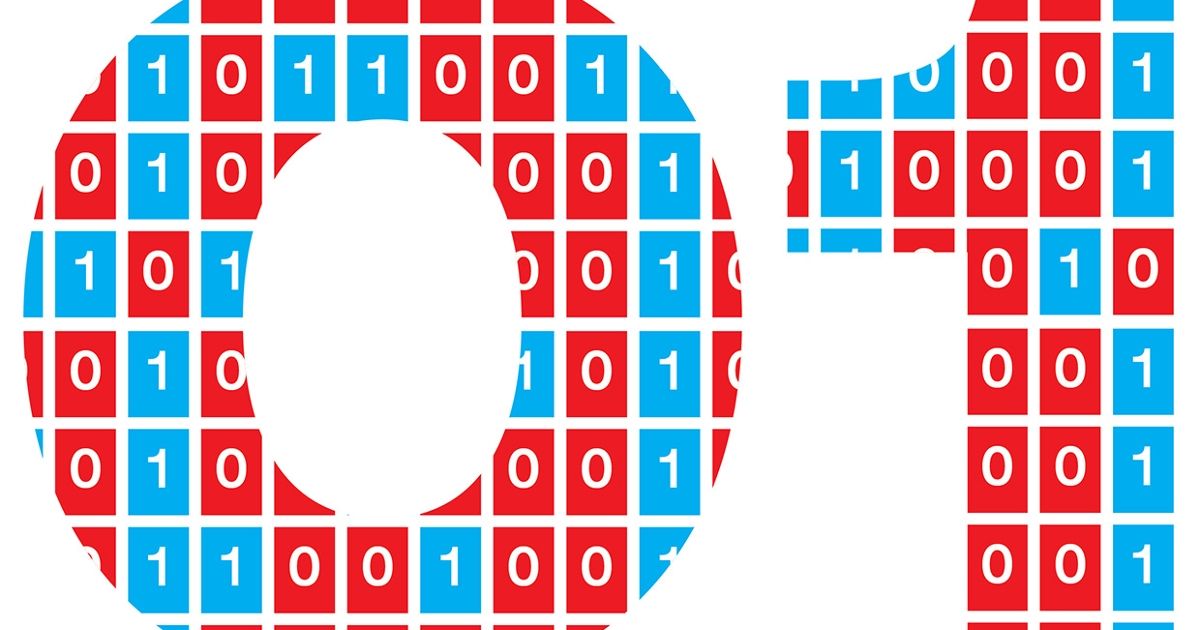Computing With Random Pulses Promises to Simplify Circuitry and Save Power

In electronics, the past half century has been a steady march away from analog and toward digital. Telephony, music recording and playback, cameras, and radio and television broadcasting have all followed the lead of computing, which had largely gone digital by the middle of the 20th century. Yet many of the signals that computers—and our brains—process are analog.
And analog has some inherent advantages: If an analog signal contains small errors, it typically won’t really matter. Nobody cares, for example, if a musical note in a recorded symphony is a smidgen louder or softer than it should actually be. Nor is anyone bothered if a bright area in an image is ever so slightly lighter than reality.
Human hearing and vision aren’t sensitive enough to register those subtle differences anyway.
Source: ieee.org